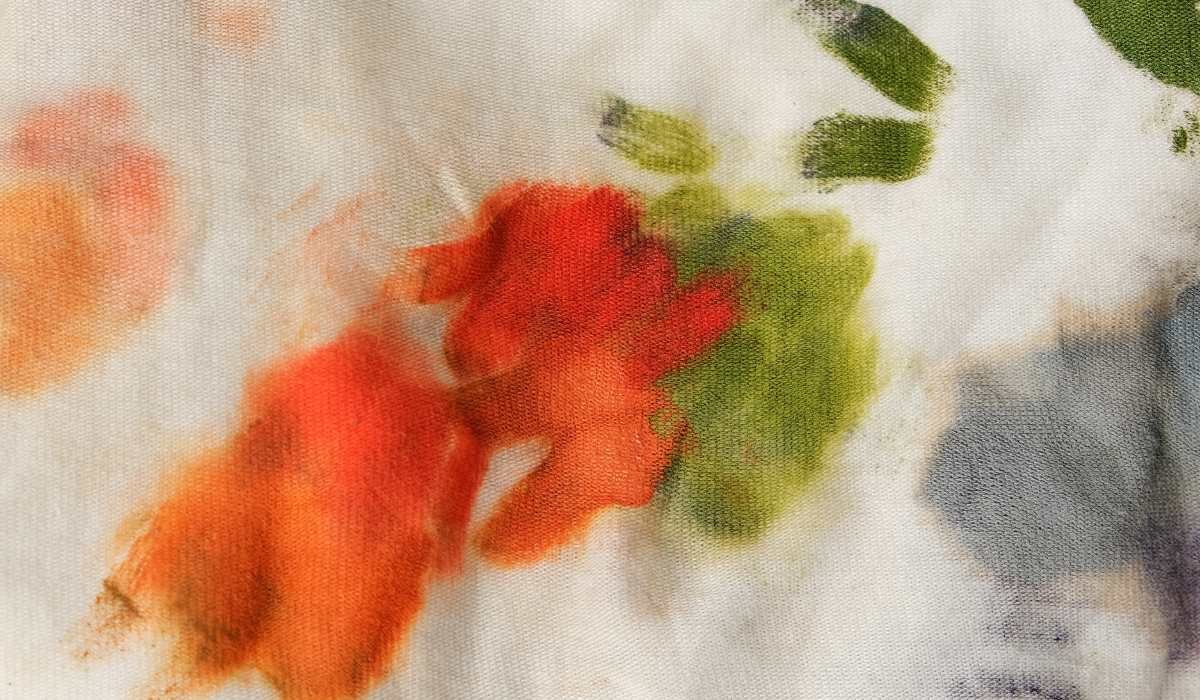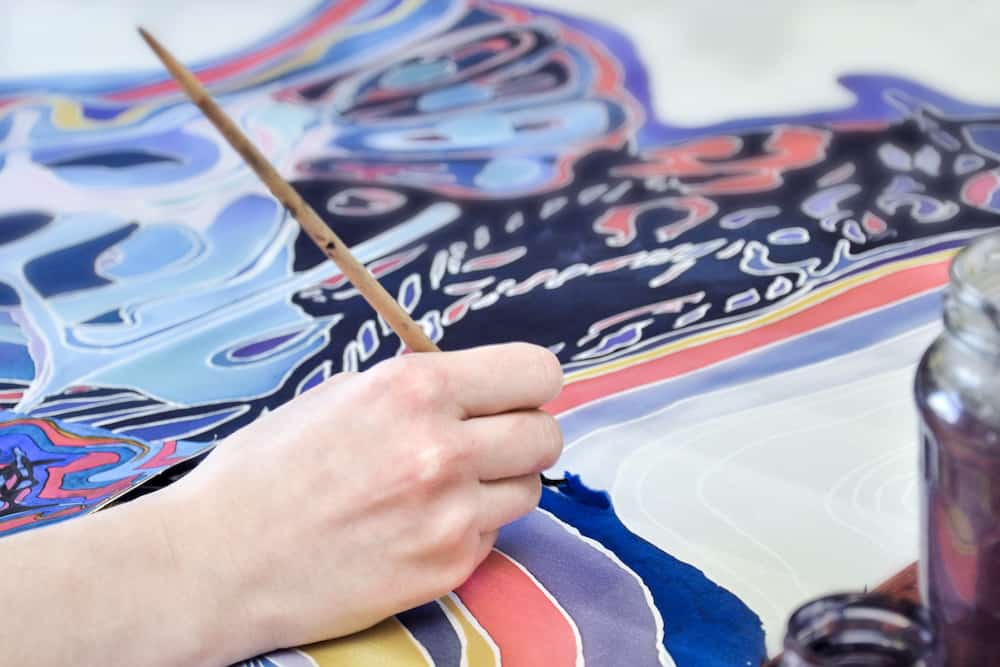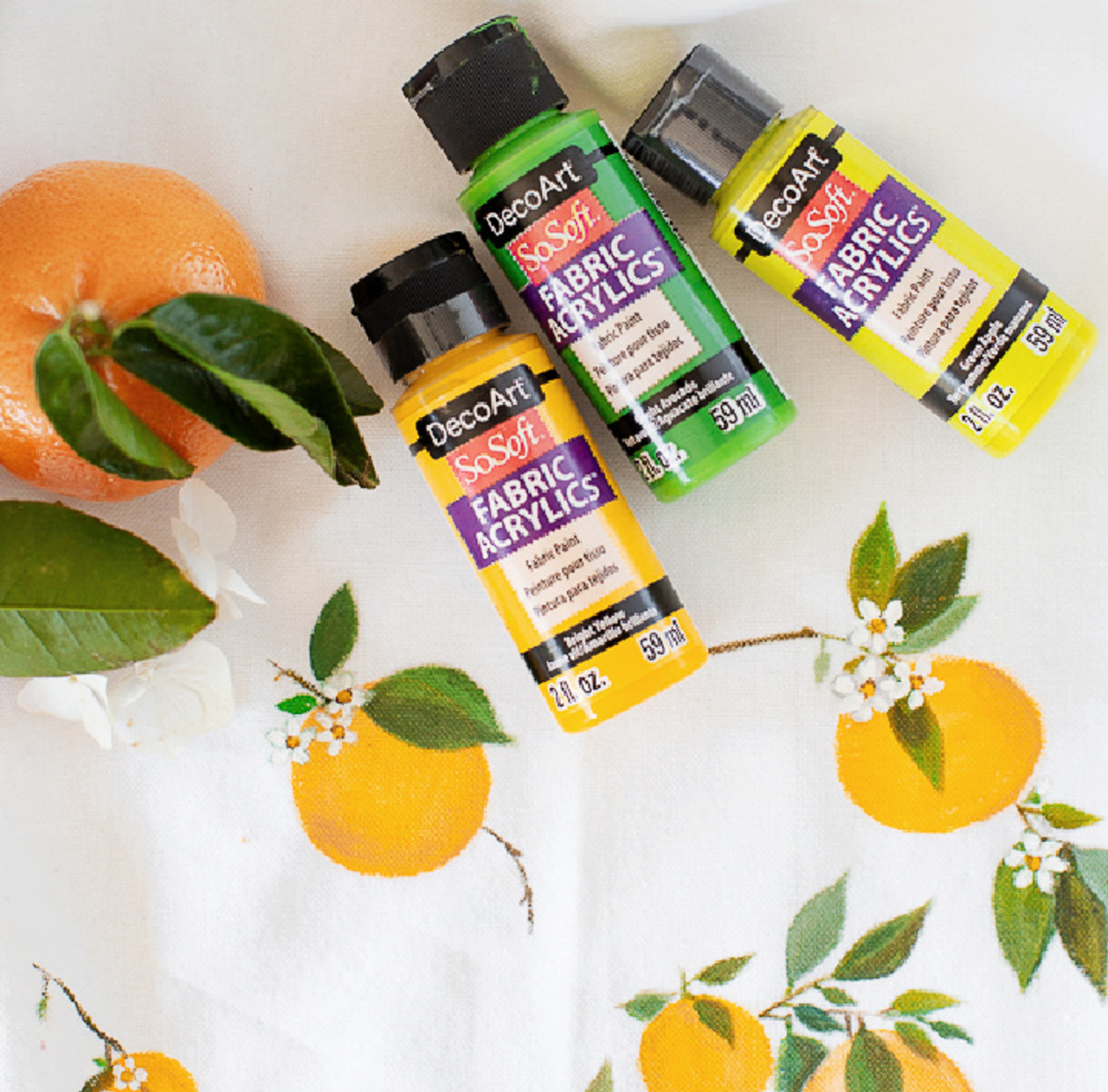Introduction: Unleashing Creativity on Textiles
The world of art knows no bounds when it comes to exploring new mediums and techniques. Among the vast array of artistic expressions, fabric painting stands out as a unique and versatile method, allowing artists to transform mundane textiles into vibrant, wearable, or decorative art pieces. Acrylic paint, renowned for its flexibility and ease of use, has become a popular choice among artists looking to venture into this realm. This article delves into the possibilities and practicalities of using acrylic paint on fabric, uncovering the secrets to creating unique, long-lasting, and visually stunning fabric creations.

Understanding Acrylic Paint: Versatility Meets Durability
Acrylic paints are water-based pigments that offer a quick-drying, flexible finish once they’ve cured. Unlike traditional oil paints, which require solvents and extended drying times, acrylics can be easily cleaned up with water and are ready for subsequent layers or handling within hours. This characteristic makes them highly appealing for fabric applications, as they minimize the risk of bleeding, smudging, or color transfer during wear or washing. Moreover, their lightfastness ensures that the colors remain vivid and resistant to fading under sunlight, preserving the artwork’s integrity over time.
Preparation Is Key: Priming and Pre-Treatment
Before diving into the creative process, proper preparation of the fabric is crucial. Washing and completely drying the fabric is essential to ensure that the pigment is evenly absorbed. To further enhance the vividness and adhesion of the color, the fabric can be pre-treated with a fabric medium or a specific fabric primer. These products can strengthen the bond between the pigment and the fiber while maintaining the feel and breathability of the fabric. It is worth noting that some light-colored or loosely woven fabrics may require multiple coats of primer to achieve the best results.

Techniques and Tools: Exploring Creative Possibilities
The beauty of using acrylics on fabric lies in the myriad of techniques and effects achievable. Artists can employ various tools beyond traditional brushes, such as sponges, stamps, stencils, or even everyday objects like toothbrushes for splattering effects. Layering, blending, and texturizing are all possible, enabling the creation of intricate patterns, abstract designs, or realistic depictions. For added dimension, incorporating fabric relief mediums can elevate simple paintings into tactile masterpieces. Additionally, experimenting with diluting the paint with water can yield beautiful watercolor-like effects, demonstrating acrylics’ versatility beyond their typical opaque finish.
Fixing the Art: Setting and Sealing the Colors
To ensure the longevity and washability of acrylic paintings on fabric, a proper sealing process is essential. Once the artwork is complete and fully dry, applying a fabric sealant or heat-setting the paint with an iron is recommended. Heat-setting involves placing a piece of cloth over the painted area and applying heat from an iron, effectively melting the acrylic particles into the fibers. This step significantly improves color permanence and resistance to wear and tear. Alternatively, using a fabric-specific varnish or spray sealer adds another layer of protection, making the artwork resistant to fading, cracking, or peeling.

Exploring Wearable Art: Fashion Meets Fine Art
The marriage of acrylic paint and fabric opens up a world of possibilities in wearable art. From hand-painted scarves and tote bags to custom-designed t-shirts and jackets, artists can infuse their personal style into everyday fashion items. By understanding fabric types and their interaction with paint, designers can create functional yet artistic garments that stand out in a crowd. Moreover, the ability to personalize clothing with unique designs, whether through intricate details or bold statements, adds a touch of individuality and emotional value to the wearer’s wardrobe.
Interior Decor: Revamping Home Furnishings
Acrylic paint on fabric isn’t just confined to the realm of wearable art; it also breathes new life into home decor. Pillowcases, curtains, tablecloths, and even upholstery can be transformed into statement pieces that reflect the homeowner’s aesthetic. By carefully selecting complementary color palettes and themes, artists and DIY enthusiasts can coordinate their creations with existing decor or create entirely new design concepts. Furthermore, the ability to customize fabrics means that even the most mundane household items can become conversation starters, imbuing living spaces with personality and artistic flair.

While acrylic paint offers numerous advantages for fabric art, it’s important to acknowledge potential challenges. Fabrics with high synthetic content may resist paint absorption, leading to less vibrant colors or uneven application. Additionally, frequent washing can eventually degrade the painted areas, especially without proper sealing. Therefore, it’s advisable to consider the intended use of the item and choose both fabric and paint accordingly. Moreover, understanding the environmental impact of the materials used, including the disposal of leftover paint and cleaning agents, aligns with responsible art practices.
Innovative Techniques and Tools: Pushing Boundaries
To further enhance the creative potential of acrylic painting on fabric, artists are constantly exploring innovative techniques and tools. One such method involves using stencils, stamps, or silk screens to apply intricate patterns or repetitive designs with precision. This not only speeds up the process but also adds a level of intricacy and uniformity difficult to achieve by freehand.
Another technique gaining popularity is layering. By building up thin layers of paint, artists can create depth and texture, allowing light to interact with the fabric in interesting ways. Glazes and transparent colors can be used to achieve this effect, giving the artwork a luminous quality.
Technology also plays a role, with digital printing technologies enabling artists to transfer their designs onto fabric with stunning detail and color accuracy. While this approach deviates from traditional painting methods, it broadens the scope of what can be achieved when combining art with textiles.

Sustainability and Eco-Friendly Alternatives
As environmental consciousness grows, artists are seeking eco-friendly alternatives for their fabric painting endeavors. Water-based, non-toxic acrylic paints are already a step in the right direction, but there’s also a push towards using natural, organic, or recycled fabrics as canvas. Hemp, linen, and organic cotton are popular choices due to their durability and ability to hold paint well.
Moreover, exploring natural dyes as supplements or alternatives to synthetic pigments can offer a more sustainable approach. Although these might not offer the same vibrancy as acrylics, they introduce unique earthy tones and a connection to historical art practices.
Conclusion: Embracing the Canvas of Fabric
In conclusion, acrylic paint presents a fascinating avenue for artistic exploration on fabric. Its versatility, durability, and adaptability to various techniques make it an ideal medium for creating unique and personalized textile artworks. From wearable fashion statements to enhancing home interiors, acrylics enable artists to push creative boundaries, transforming humble fabrics into extraordinary expressions of art. With careful preparation, experimentation, and the right finishing techniques, the union of acrylic paint and fabric opens up a world of endless possibilities, inviting artists to leave their colorful mark on the canvas of life.









